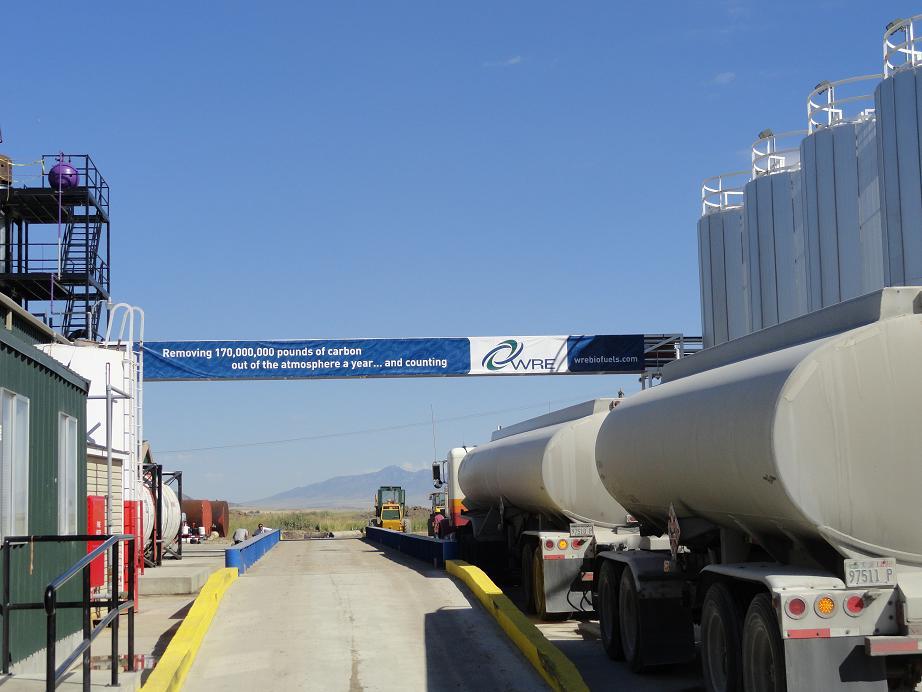Washakie Renewable Energy celebrates Utah plant opening



Photo: Sam Powell, WRE
September 6, 2011
BY Bryan Sims
Washakie Renewable Energy LLC hosted local and state dignitaries on Sept. 1 for an open house event and plant tour celebrating the start of its 10 MMgy biodiesel production facility near Plymouth, Utah.
According to WRE spokesman Sam Powell, the open house drew about 150 attendees who witnessed the production of methyl esters from low-grade feedstocks such as yellow and brown greases and animal fats.
Advertisement
“We had a great turnout,” Powell told Biodiesel Magazine. “As we were taking people through the open house tour, we were actually producing some biodiesel. It was great for people to see and feel and hear what a biodiesel plant is like.”
The plant features state-of-the-art process technology designed in-house by WRE and the site includes a rail loop on site for inbound feedstock collection and outbound transport of product to local companies and fuel distributors. WRE sources about 80 percent of its low-grade, high-FFA feedstock from yellow grease and tallow processing facilities located within a 500-mile radius of the plant. Plans are to incorporate refined virgin oils such as camelina and/or safflower oil in the future. The plant was under development and construction for nearly a year, according to Powell, prior to producing its first batches of biodiesel in August.
Advertisement
“That’s actually been one of the challenges we’ve been able to overcome,” Powell said. “By starting construction in a bad year, constructing during a good year and then kind of getting into the tail end of a good year. We feel with our low-grade FFA feedstocks we’d be able to make good money even without that tax credit—if it doesn’t get extended into next year. We’re prepared for that.”
Powell said to his knowledge, WRE’s plant is the only one of its kind in the area, which pits the company as the largest biodiesel producer in the intermountain west.
“A lot of people have said it’s impossible to have a biodiesel facility in Utah because we don’t have the capacity to grow soybeans or anything like that,” he said, “but we’ve engineered a way around that and I think that’s what the industry needs to do. If we’re going to brand ourselves as this sustainable, advanced biofuel, then we need to have advanced engineering and processes to make ourselves sustainable to prove to the American public that we’re real.”
Upcoming Events





